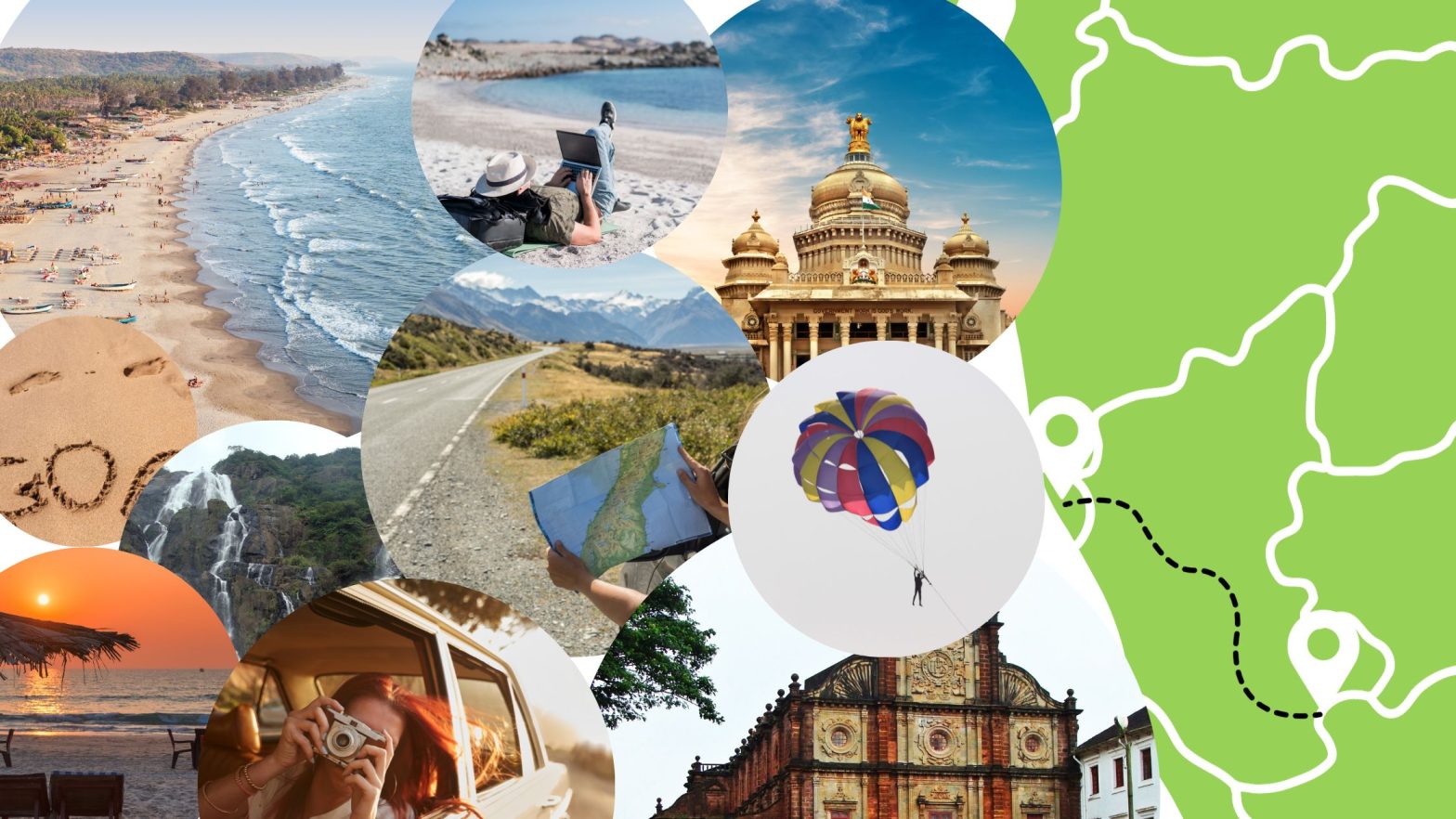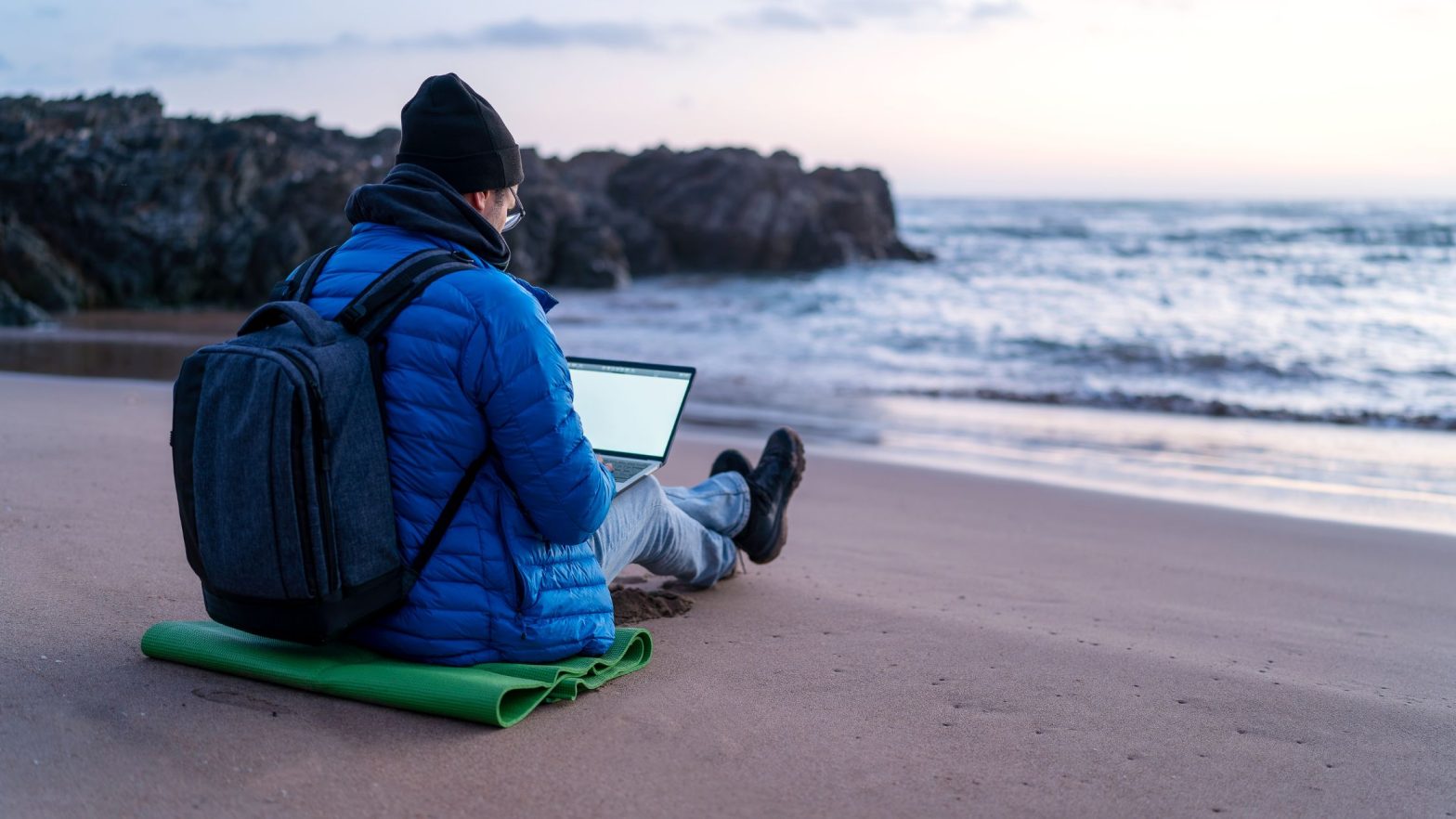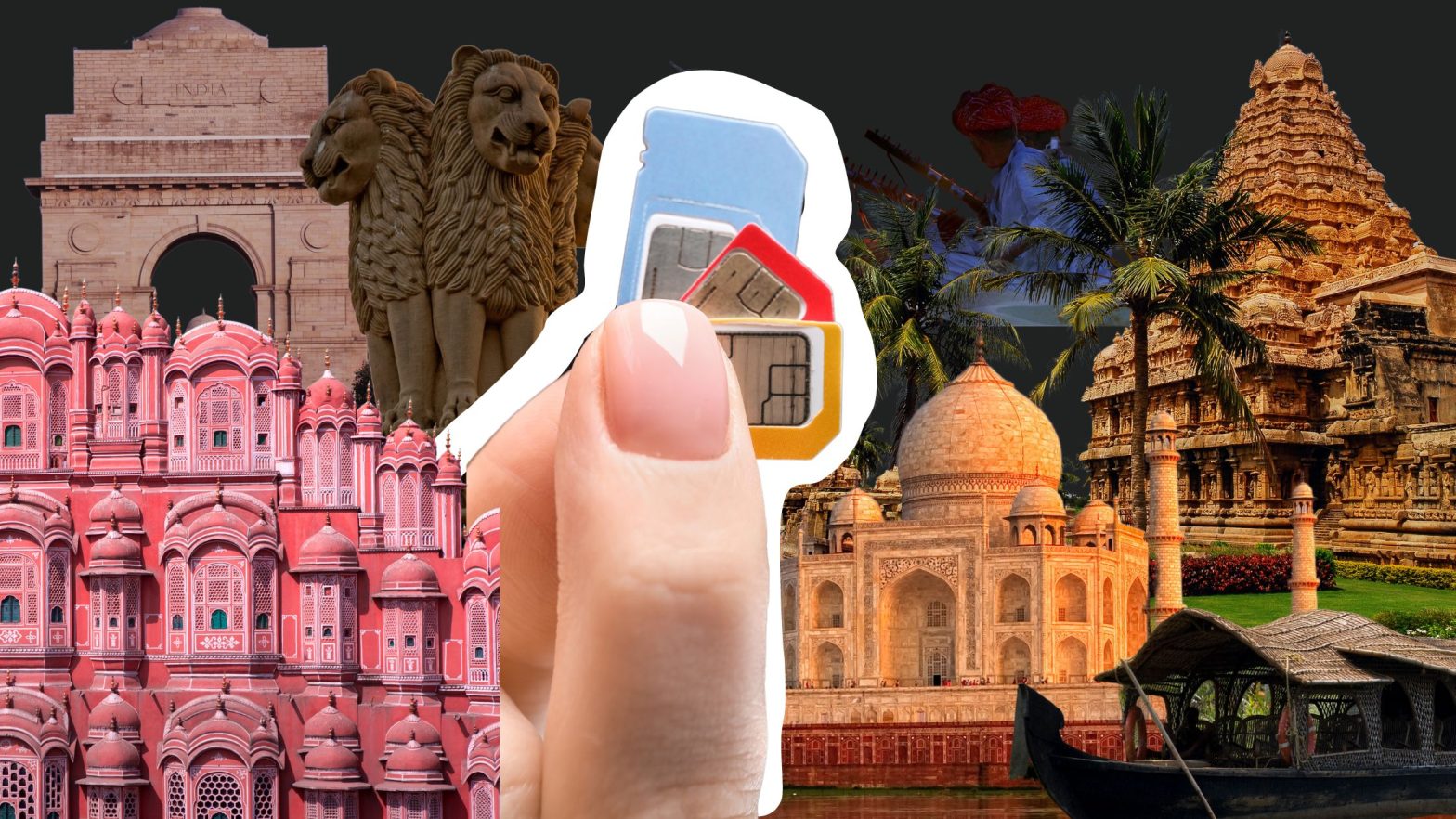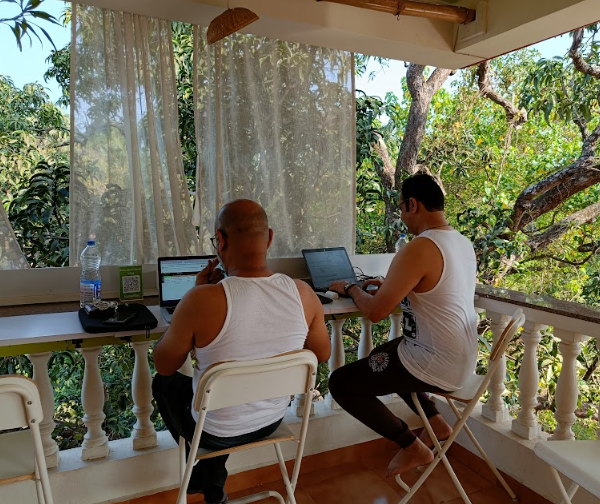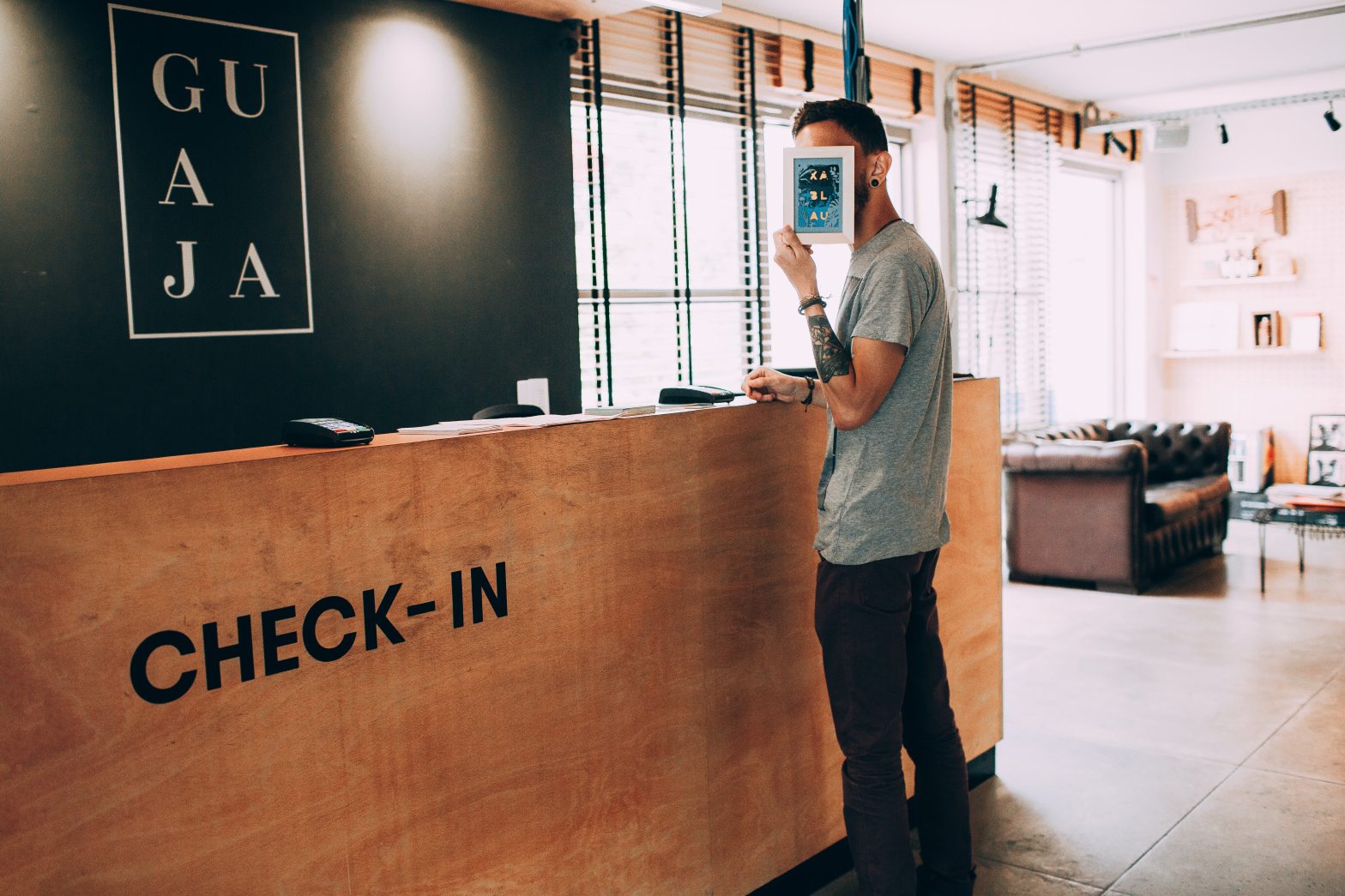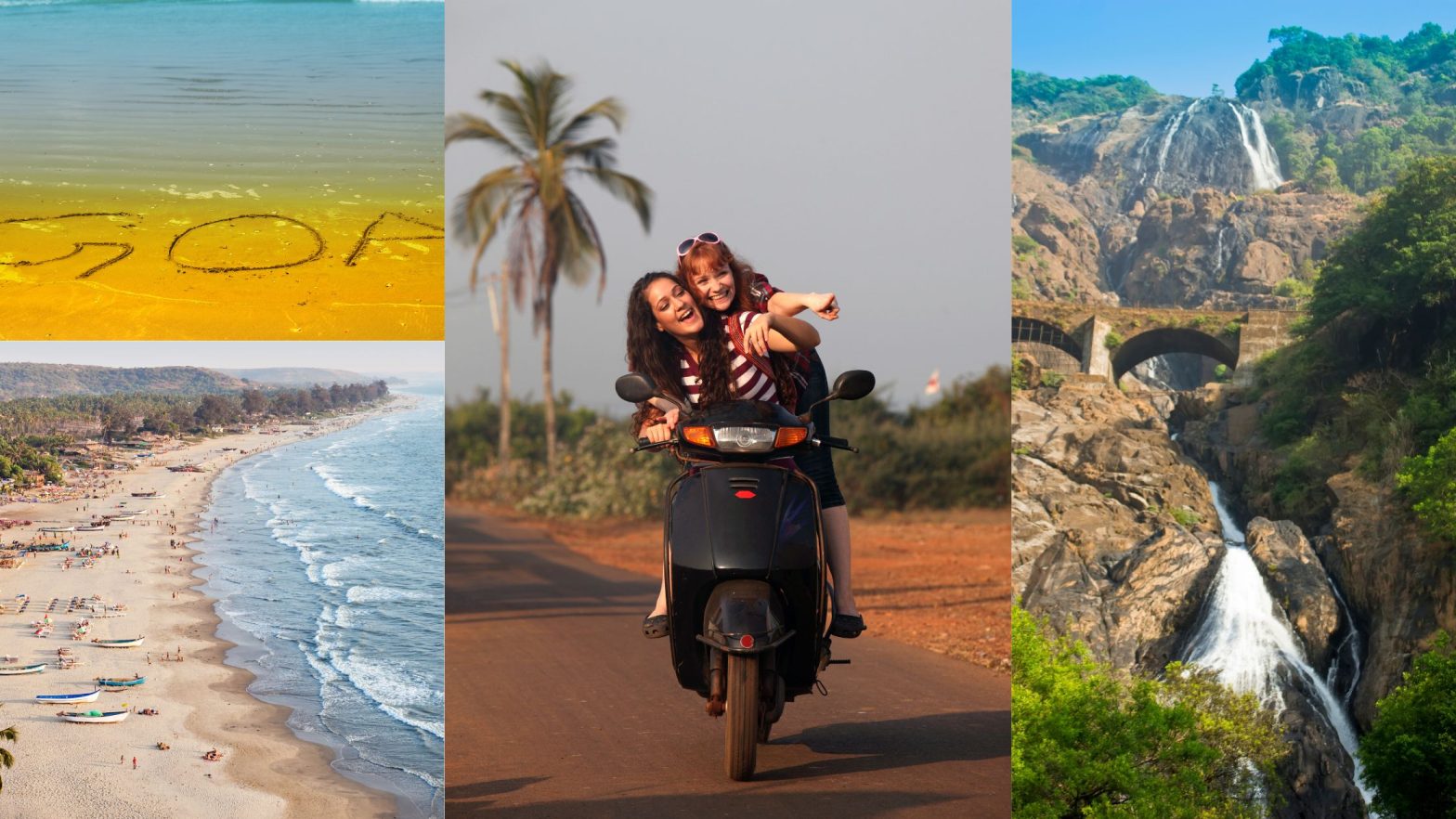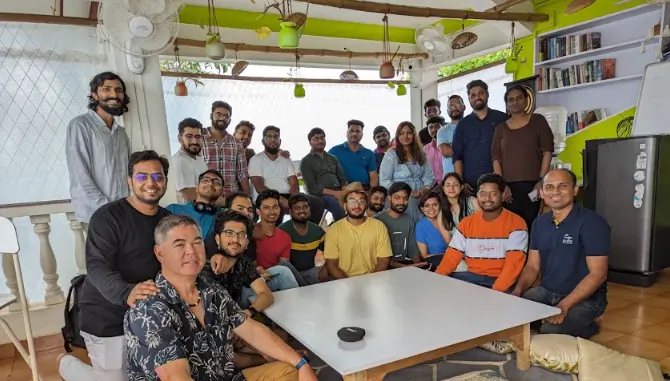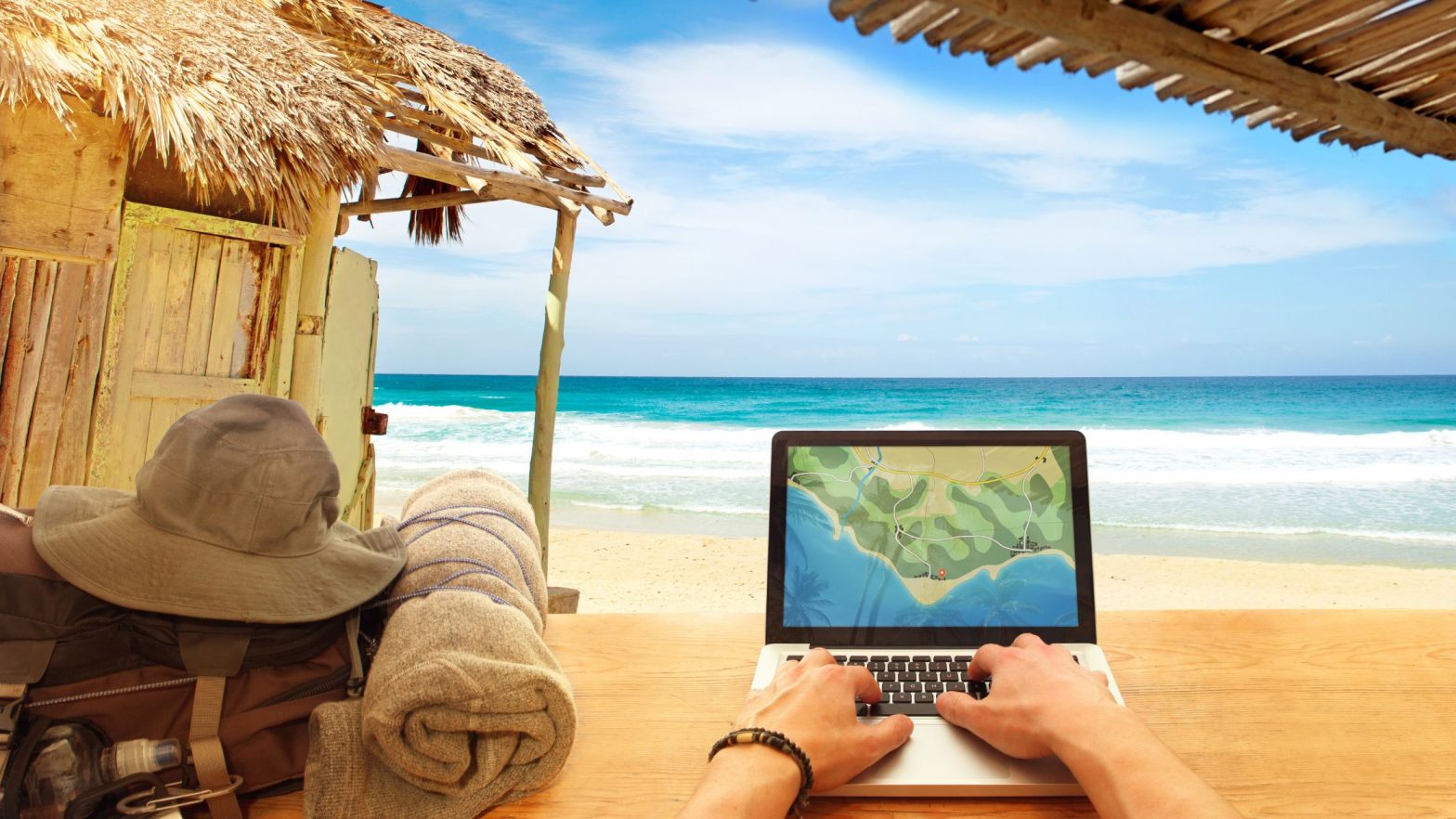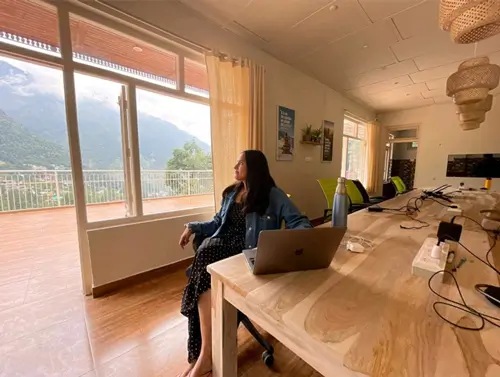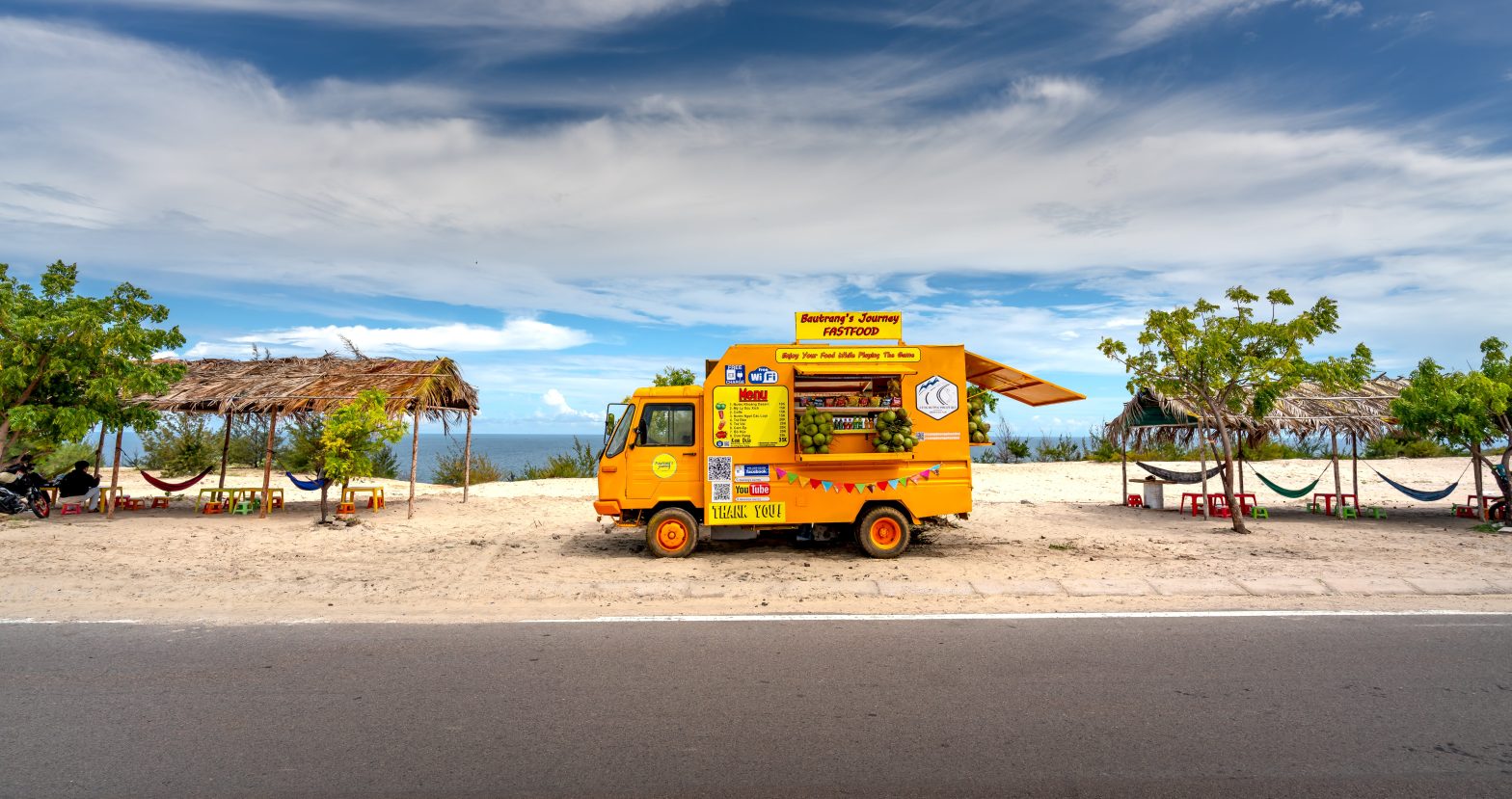Last we heard, Taylor Swift was seen feeling annoyed by people commenting on her private jet behaviour. But it’s not news. According to a recent article published by Sustainable Travel, jet fuel combustion makes up for 8% of the total carbon emissions worldwide. Even cows don’t fart that much. Does that mean being a digital nomad is not sustainable? Honestly, the whole point of being a digital nomad is to travel and work from wherever you want. So, how do you do it when every flight ticket booked hurts our planet a little more? Well, no one wants to stay and home and talk to what, their neighbours? And you don’t have to really. The key to becoming a more sustainable digital nomad is to be more aware and mindful.
This guide will help you understand your carbon footprints as a digital nomad and help you plan better so you can contribute to healing Earth.
Table of Contents
Sustainability for digital nomads
‘Sustainability’ is often used in conversations around protecting Earth and reducing our carbon footprint to prevent global warming. No shit, Sherlock! But in its depth, the term encompasses more than just adapting eco-friendly habits. Living sustainably means co-existing harmoniously with every life form on this planet. You can’t just plant a tree, buy a tote bag, and say, “Hey! I am being sustainable” if you still don’t know how booking flight tickets every month and buying into mainstream tourism is hurting the planet.
While travelling as a digital nomad, you need to ensure that you leave positive imprints on the communities you encounter. So when you look at sustainability through the lens of digital nomadism, it doesn’t just end at eco-friendly habits within your home. As you continue to pave new paths across borders, you need to try your best to ensure that your actions positively affect the natural world you encounter along the way.
Sustainable practices for digital nomads in 2024
Digital nomads have the power to help our planet positively. The term you’re looking for is ‘slowmadism’ – a more mindful approach to full-time travelling. You travel, but less frequently, explore, but go beyond manufactured touristy facades, and empower more people to cut down their carbon footprint by encouraging them to go remote. Here are some more things to be more sustainable as a digital nomad in 2024:
1. Volunteer as a digital nomad

The word is ‘volontourism’ and it’s growing faster than the rents in New York. Volunteering with locals when you travel, allows you to be present with the local communities and understand their problems, instead of looking at the world from your seaview balcony. Most volunteering projects often involve conservation efforts and engagement with locals which helps you understand the impact of your actions. If you choose to live in the rural areas and the countryside, understanding how tourism and travelling impact these communities can help you make better decisions. For instance, Dolphin tours are popular in Goa and a part of mainstream tourism. However, these boat rides tend to scare the fish and affect their ecosystems. Despite this, it is in high demand and chances are you won’t think about the issue unless you talk to a local, which can only happen when you live with locals.
Check out programs like WWOOF or Worldpackers to sign up for amazing volunteering programs for digital nomads.
2. Stay, a little longer (and fly less)
You know you can’t just quit travelling. Even if you did, doesn’t mean Taylor Swift will and it’s unfair to single you out for the sake of sustainability. A better goal would be to cut down on your carbon footprint. If you want to be a more sustainable digital nomad, fly less frequently, and stay at a particular destination for more than 3 months, longer if it’s farther away from home. Consider taking a few trips to destinations that can be reached by buses, trains or in carpools. Opt for more eco-friendly options such as trains or buses, or share a cab instead of taking it alone. Taking direct flights over connecting flights also helps you reduce your carbon footprint. Something to think about, right?
3. Learn more about carbon offsetting
So according to some research, carbon offsetting isn’t as great as it is shown to be, but, it is something, right? Certain airlines and other such companies offer to offset your carbon footprint for a small amount. For instance, you pay $20 and they put it into a conservation project, and deduct a certain amount from your overall carbon footprint. Ask your airlines and hotels about their carbon-offsetting programs. Alternatively, you can just research the emissions for your flight and contribute to a cause that you trust.

4. Invest in Eco-Friendly Travel Gear
When it comes to making efforts to save our planet, every action, small or big, counts. Invest in sustainable, eco-friendly digital nomad travel gears to get a step closer to saving our planet. To start with the basics, get your own water bottles, metal straws and cutlery, soap/shampoo bars, stasher bags, reusable shopping bags and a carry-on trash bag. You can consider switching to menstrual cups, cutting down on non-biodegradable waste by 99%. Along with this, pick up a few solar-based gadgets like earphones, chargers, portable ovens, keyboards, lamps and even backpacks. They’ll come in handy when you’re stranded or out camping (is there a difference, though?) and it’s easy on your conscience too.
Why encourage more people to go remote for sustainability?
As a remote worker, you can work from wherever you want. This means you can choose to stay in at home, walk to a cafe or bicycle your way around. You’re reducing your carbon footprint by not commuting to work frequently or utilising the office’s resources. According to Plan A, large corporations contribute about 60% of the total greenhouse gas emissions. Remote work can reduce your potential emissions by half, according to this article by Scientific American, if you are mindful of your consumption.
Are you ready to be a sustainable digital nomad?
It’s 2024 and about time that you start assessing the eco-impact of your actions, especially if you want to continue exploring this planet. While you cannot put a stop to travelling, you can reduce your impact and keep track of your carbon footprint (it’s better than counting calories). The best way to do that is to cut down on your flights (duh!), switch to eco-friendly gear, volunteer with rural communities, educate and learn from each other, and look into offsetting your carbon footprint. The earth is for everyone, so let’s keep it that way.








